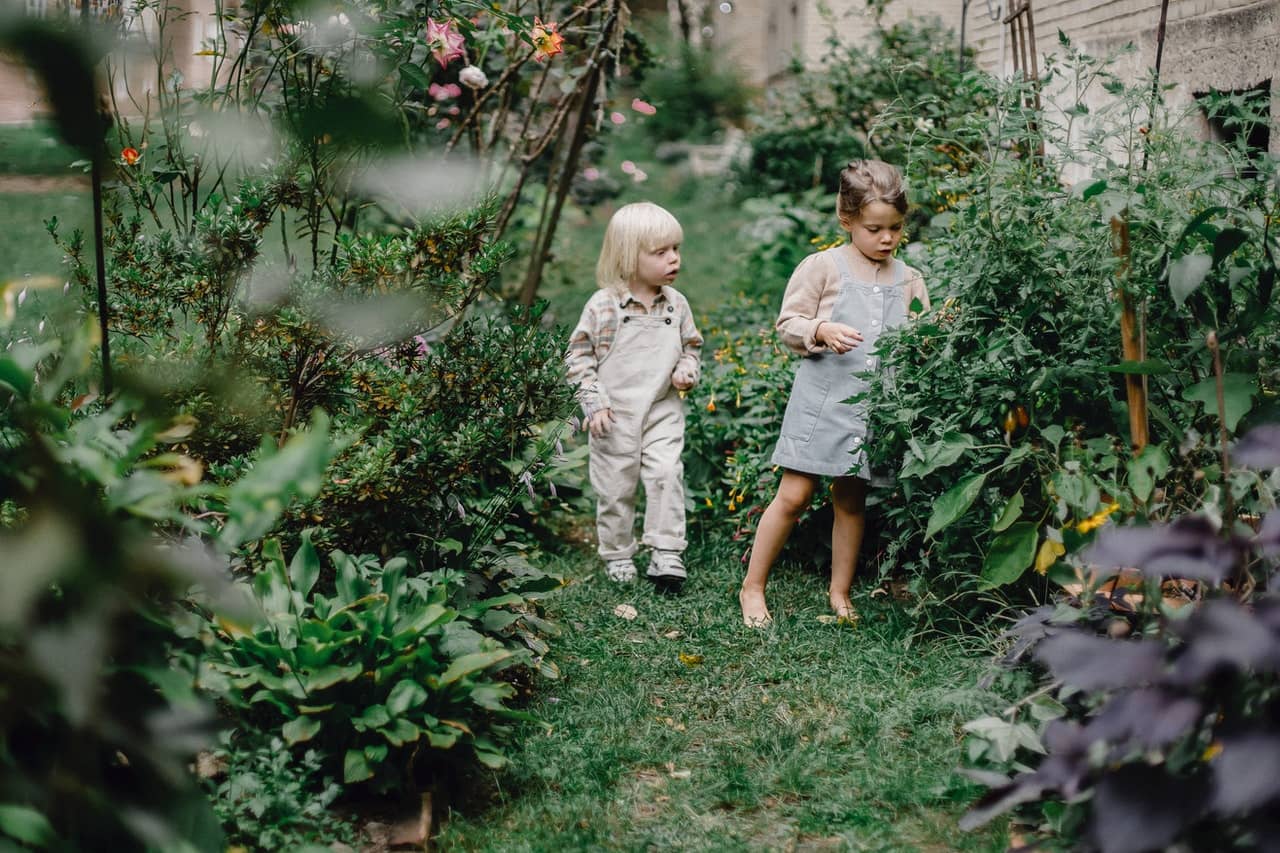Table of Contents
Trees are a vital part of our ecosystem. They clean the air, provide homes for wildlife and help keep us cool by providing shade from the sun. Trees also add beauty to landscapes and can even be used to help make gardens. We must care for trees to maintain what could otherwise be considered a natural wonder of the world.
However, caring for trees is not as easy as it may seem. Tree branches can be thin and light, making them more susceptible to damage by simple actions like garden pruning or trimming. For this reason, everyone must know how to maintain trees to keep them healthy and beautiful without causing them any unnecessary harm.
Pruning is a common way to maintain trees and is often used to help stimulate healthy growth. However, even pruning mature trees requires a certain degree of skill and knowledge to be performed safely and effectively.
For one, you need to have the right power equipment for the job. You can consider rentals if you only need to prune trees infrequently.
Steps to prune mature trees
- If possible, always try to use a ladder when trimming branches. This makes the job easier and more efficient, allowing you to focus on pruning specific parts of the tree rather than doing a balancing act on top of it. It is always a good option to leave these tasks to the professionals like Oahu Tree Trimming and Removal Experts.
- Always use loppers or pruners for branch cutting as they are safer than using scissors or shears. However, before cutting any branches, it is essential to be aware of the branches around them so you can cut accordingly. This will avoid accidentally cutting too much or injuring yourself by making the branch fall awkwardly.
- Take off branches from the top down, which means to start trimming at the very top of the tree and work your way downwards. It’s hard to pull out the same amount of material in one go when you’re starting at the bottom of the tree. If you cut too much at once, it may be tough to correct.
- If possible, thin out branches that are blocking sunlight from other parts of the tree. This helps improve photosynthesis and promotes healthy growth by allowing more light into the tree’s canopy.
- When removing smaller twigs, cut them off at their base. This is much safer than removing the branch in one smooth motion because it decreases the chance of cutting too far or causing the branch to come off in an awkward position.
- Always make sure you know what kind of tree you are pruning before beginning. Different trees require different methods and can react differently to pruning, so learning more about them will help ensure you don’t accidentally damage the tree and cause it harm.
- If you notice any dead branches or limbs on your trees, always try to remove them as soon as possible. Deadwood is much easier to damage than other parts of a tree and can cause serious injuries.
- After you’ve finished trimming the tree, always thoroughly inspect your work to ensure you didn’t miss anything or accidentally cut too much of a branch. If necessary, go through with another round of trimming until you are satisfied with the result.
- Sometimes pruning can cause plant bleeding, which is when plant sap starts to ooze out. However, this usually isn’t anything to be concerned about, and it should go away in a few days or weeks, depending on the tree.
- Now and then, it may be necessary to remove whole branches rather than cut side shoots off them. This can be difficult if you’re working by yourself, but it’s essential to be sure you’re removing the branch entirely and not leaving any excess hanging around. If you’re having trouble cutting through it, try asking for help or using a chainsaw.
- As always, make sure to be safe while pruning trees. Wearing protective gear like gloves and goggles is not only suggested but also required in many cases. It also helps to have someone with you while carrying out the trimming as this makes it easier to work and ensures safety.
- It’s also essential to remain calm and focused at all times while you’re pruning trees, as panicking or rushing the job will only result in more harm than good. Take your time and concentrate on removing one branch at a time so that nothing gets overlooked.
- Finally, make sure you dispose of the branches and limbs properly by taking them to a local recycling center. Most towns have specific rules surrounding what you can do with pruned branches, so doing some research into that beforehand is recommended.
Why is this important?
Pruning trees maintain the health of your plants by removing unwanted branches, allowing more sunlight to reach different parts of the plant, which increases healthy growth. Pruning also helps stimulate new growth and encourages blooming.
By following these simple tips, you will be well on your way to maintaining the health of your trees and ensuring they won’t cause any damage or injuries to you or your property. By taking the time and effort to care for your trees properly, they will reward you by staying strong and healthy for many years.




